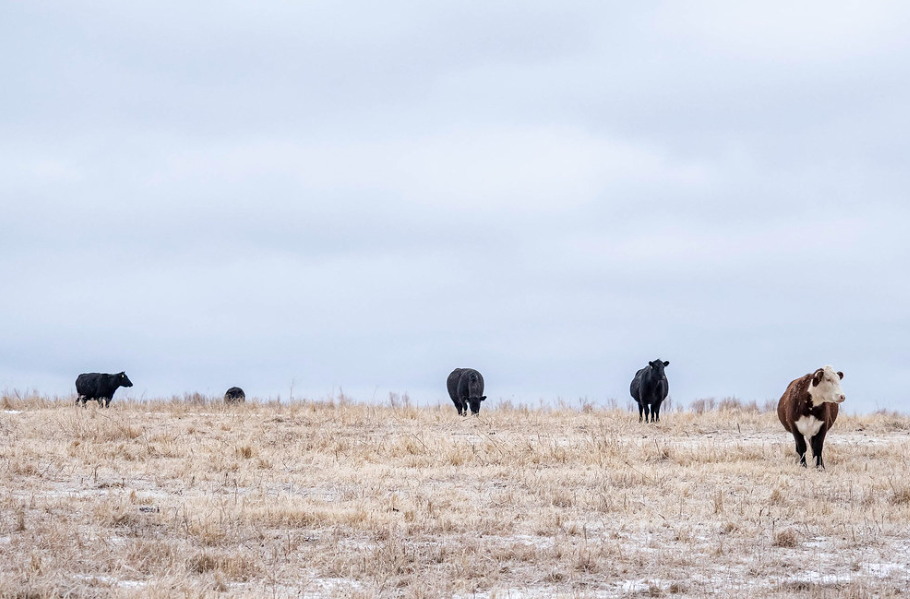
In partnership with Texas A&M University, Amy Hagerman, OSU Extension specialist for agriculture and food policy, recently co-authored Where’s the Risk? A Livestock Risk Management Handbook with a variety of financial resources for producers.
“Many livestock producers aren’t aware that certain financial assistance programs exist, so the main motivation behind putting the handbook together was to provide a ready reference that gives them the basic information of what’s available, so they know what questions to ask and who to ask,” Hagerman said. “Then they can go talk to the USDA or their county Extension offices to get the information and programs they need.”
The handbook is a price risk management tool with the following program sections:
- Insurance
- Disaster
- Price risk
- Futures and options
Livestock producers face a variety of risks, and they have had few tools at their disposal for managing risk, said Bart Fischer, co-director of the Agricultural and Food Policy Center at Texas A&M University and lead author of the book.
“An example would be what we have been living this fall with the drought. Going into a drought, producers have a few different risks that they know their livestock operation faces,” Hagerman said. “One is the risk of not having enough grass for the operation. What programs are available that can help offset some of the losses they’ve experienced associated with lower grazing? There’s a disaster program associated with that issue when looking back into the summer, and there are programs looking forward into the future for where things might end up.”
The handbook was released by the Agricultural and Food Policy Center at Texas A&M University. For a hard copy, contact Hagerman at amy.hagerman@okstate.edu.
The book was also authored by Justin Benavidez, assistant professor and Texas A&M AgriLife Extension Service economist at the Texas A&M AgriLife Research and Extension Center in Amarillo. Learn more about the new publication in Agrilife Today.
OSU Extension uses research-based information to help all Oklahomans solve local issues and concerns, promote leadership and manage resources wisely throughout the state’s 77 counties. Most information is available at little to no cost.


















